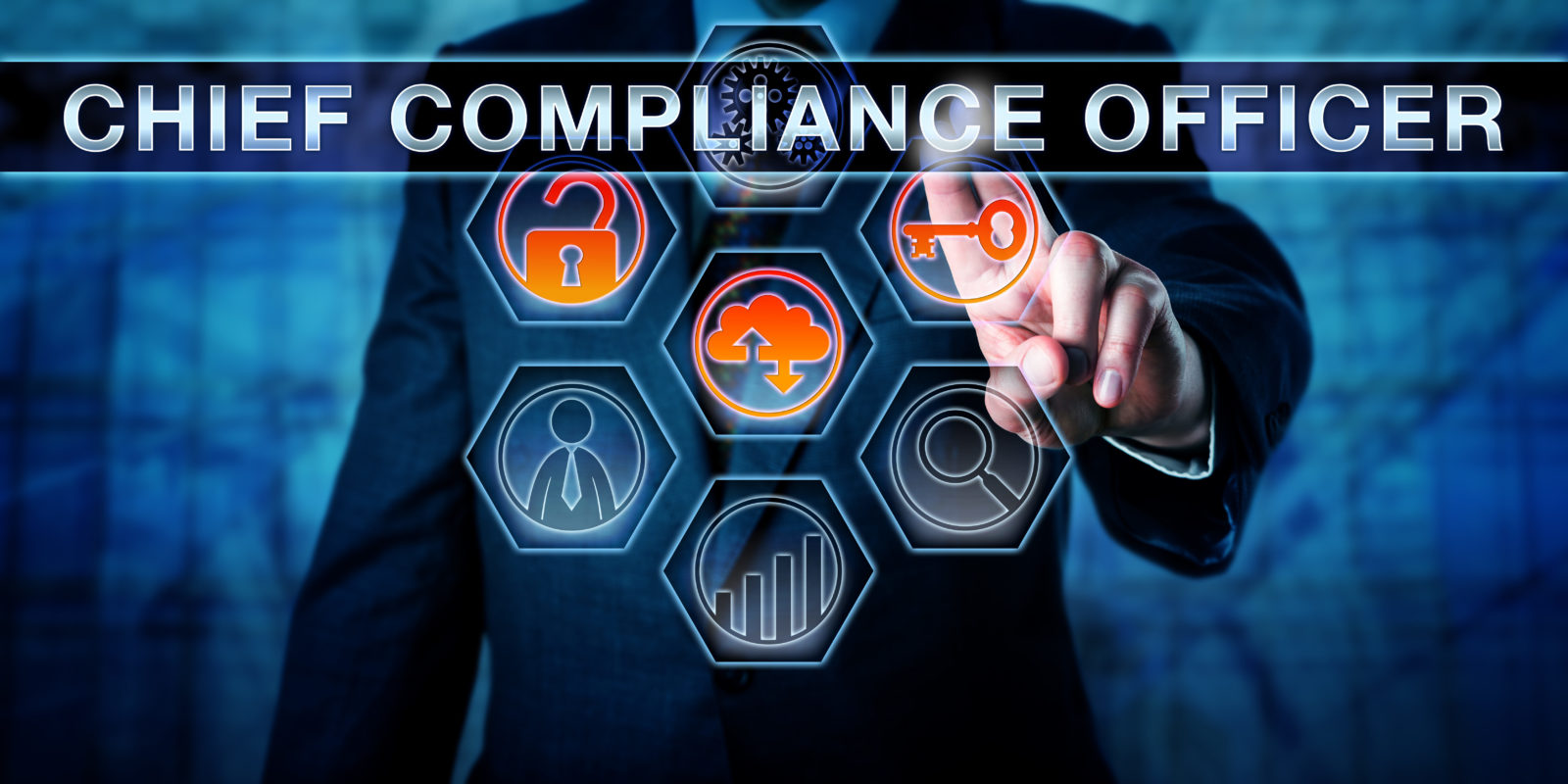
While packing up for a family camping trip, I had some time to take in our recent webinar— Understanding the Relationship Between Artificial Intelligence and Records and Information Management featuring Matt Hillery, our CTO, Dathu Patil from AWS, and Becky Thomas from i2k Connect. I quickly realized that just like my family’s camping trips into the great outdoors, the journey through the vast landscape of capabilities Artificial Intelligence (AI) is bringing to the Records and Information Management (RIM) industry is an adventure. One that’s well underway, full of exploration and discovery.
Setting up Basecamp with RIM
Planning a camping trip begins with a detailed map of the campgrounds and trails. In the world of records management, RIM provides that map. RIM’s role is akin to arranging your basecamp amongst the campground, a systemized and well-planned setup from where all excursions begin and end. RIM establishes a taxonomy such that classification lays the groundwork for efficient records access while ensuring privacy and the retention schedule are met— all while enabling a well-structured journey into the vast wilderness of your organization’s records.
Hiking Data Trails with AI
Once the base camp is set up, it’s time to explore. This is where we meet our seasoned park ranger and trail guide: Artificial Intelligence. Using the map provided by a robust RIM program, AI navigates through the intricacies of diverse records, leans on landmarks from RIM’s taxonomy, identifies patterns, and uncovers crucial insights. Like a hiker adept at spotting hidden wildlife or recognizing edible plants, AI effectively extracts vital data from the mass of records.
At Access, we’re actively running numerous projects that leverage AI technologies to identify types of records and their metadata as part of our Access Unify™ | Secure Compliance offering. With the advancement of microservices and the ability for teams to rapidly take advantage of both machine learning and deep learning, this trail we’re on clearly has green pastures ahead.
Scenic Overlooks: Data Insights
On this hike, the role of AI is to direct us toward unique data insights, just like following a trail to a breathtaking scenic overlook. This capability of AI has transformative potential in our data-driven world. By unlocking these insights, we can enrich machine learning models, increasing their accuracy and efficiency. The enriched models can then drive more informed and proven decision-making, optimize business processes, and even bring unrivaled precision to forecasting in various industries— from oil and gas exploration strategy to financial modeling, to predictive insurance processing.
These enriching insights derived from records have the potential to fuel a whole new wave of technological innovation. They can set the stage for advanced AI and machine learning algorithms, paving the way for cutting-edge developments in fields like natural language processing, predictive analytics, and more. However, the future also demands stricter regulations and governing rules to ensure the security and ethical handling of data. It’s a challenge that keeps evolving, much like the ever-changing terrain of a hiking trail, pushing us to keep pace with it.

5/7 Leveraging Your Data: A Journey Through 3 Essential Information Gates
Join our upcoming webinar, where we will guide you through the essential steps to be successful in the age of digital information. The Three Gates to Digital are your roadmap to harnessing the power of technology, improving efficiency, and achieving…
Practicing “Leave No Trace” with Ethical AI
The wilderness code of conduct, “leave no trace,” is a mantra that we must adopt in the deployment of AI in records management. Just as a responsible hiker traverses a path without disturbing the flora and fauna, AI must navigate the landscape of records without compromising data integrity. It’s critical to consider the ethical implications that arise in this process.
Responsible AI necessitates unbiased data selection from records, ensuring a fair representation of information. It calls for a keen eye and meticulous approach. Moreover, to safeguard against any potential misuse, AI methodologies must include continuous monitoring of machine learning applications. Transparency is pivotal to maintaining trust.
The Path That Lies Ahead
As we look ahead, the role of AI in the interpretation and management of records will continue to evolve, adapting to new kinds of data, emerging technologies, and changing work environments. Future trends might see AI taking on more roles in records management, such as real-time processing of data, predictive analysis, and even proactive decision-making.
In parallel, governing bodies and regulatory authorities will have to keep pace by introducing new guidelines and rules that strike a balance between leveraging AI capabilities and protecting data integrity.
Embarking on the journey through the uncharted wilderness of digital and hardcopy records, guided by AI and a mature RIM program, offers us an exciting adventure. As we traverse this panorama, we have the unprecedented opportunity to create a meaningful adventure amidst the challenging but rewarding terrain of records and information management.
For more insights into the role AI plays in RIM, watch the webinar: Understanding the Relationship Between Artificial Intelligence and Records and Information Management.




